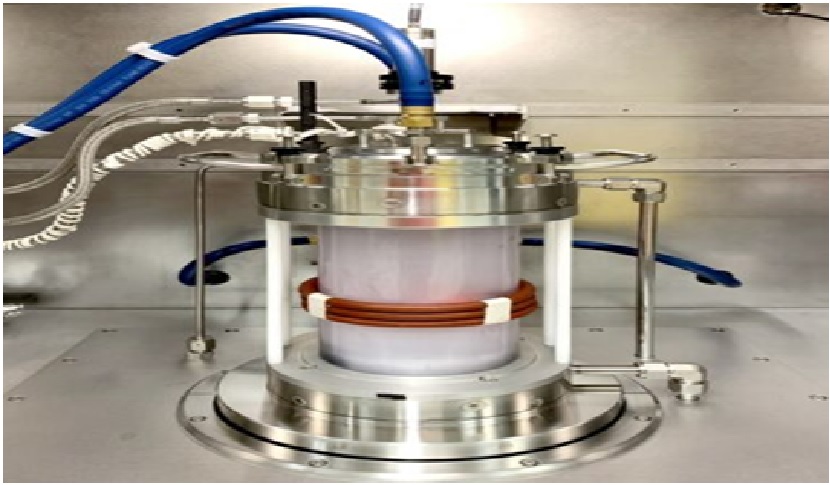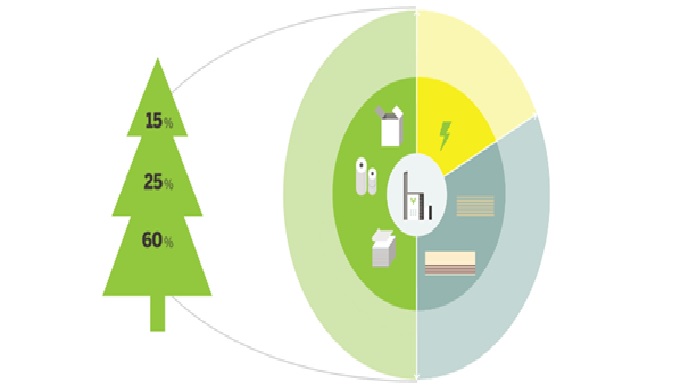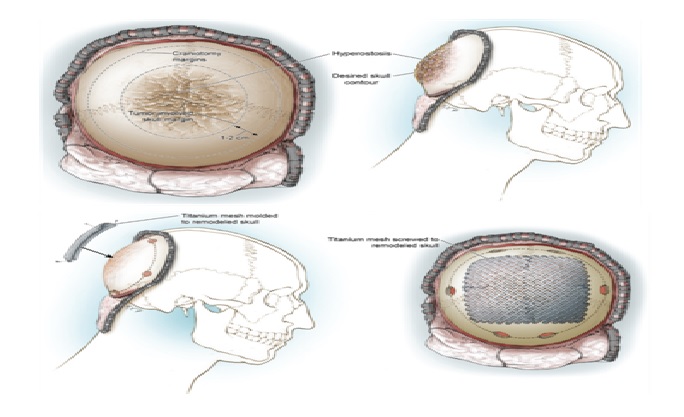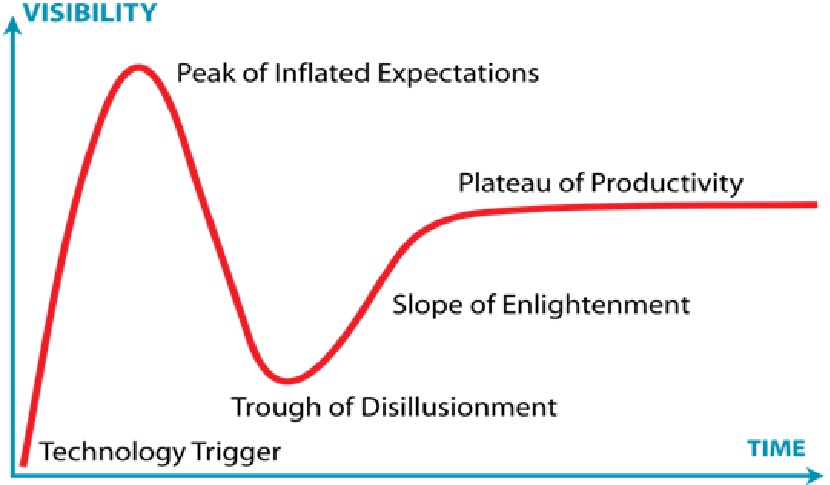New A State-Of-The-Art Tool to Study of Gallium Oxide
Cornell engineers and materials scientists have added a state-of-the-art tool to their suite of laboratory equipment that has helped make the university a world leader in the study of gallium oxide, a material commonly viewed as the heir apparent to silicon carbide and gallium nitride as the go-to semiconductor for many power electronics applications.

Figure 1. New MOCVD tool to study advance Gallium oxide semiconductor.
Figure 1 shows thatAn Agnitron Agilis 100 metal organic chemical vapor deposition (MOCVD) system began operating on June 30 in the Duffield Hall laboratory of Hari Nair. It has been specifically calibrated to create thin films of gallium oxide, a semiconductor material prized for its ability to handle high voltages, power densities and frequencies.
Those attributes make it an ideal material for electric vehicles, renewable energy sources and 5G communications, among other applications. [1]
Compound semiconductors like group III-arsenide, group III-phosphides, and group III-nitrides play a significant role in optical and mobile communications as well as solid-state lighting, among other applications.
MO CVD is the industry standard for producing epitaxial thin films, of these compound semiconductors. The grade of gallium oxide produced by MO CVD has continuously increased over the last five years. [2]
“Another key advantage of gallium oxide is the ability to grow single crystals of this material from its molten form,” Nair said, “which will be key for scaling up the substrate size. This capability to scaling up is very important for industry adoption of electronic devices made using new semiconductor materials."
The gallium oxide MOCVD systems work by spraying a metal-organic gallium precursor over a heated single crystalline semiconductor substrate. The heat causes the precursor to decompose, freeing gallium atoms that then bond with oxygen atoms on the surface of the wafer, resulting in a high-quality crystalline layer of gallium oxide.
“With this system, we can grow thin films on up to 2-inch-diameter substrates under widely tuneable oxidation chemical potentials,” said Nair. “It also has a very high substrate temperature capability and we can heat the substrate up to 1,500 degrees Celsius. High substrate temperatures yield better quality films which is key for pushing the performance of electronic devices.”
“There is a need to make power electronics more compact and more efficient,” Nair said. “Such innovations will be key for creating a smart power grid, and gallium oxide semiconductor-based power electronics is a stepping stone in making this possible.”[2]
References:
- https://indiaeducationdiary.in/cornell-university-mocvd-tool-to-advance-gallium-oxide-semiconductor-research/
- https://paidforarticles.com/what-a-state-of-the-art-tool-that-accelerates-gallium-oxide-research-655360
- https://news.cornell.edu/stories/2022/07/mocvd-tool-advance-gallium-oxide-semiconductor-research
Cite this article:
Sri Vasagi K (2022), New A State-Of-The-Art Tool to Study of Gallium Oxide, Anatechmaz, pp.174















